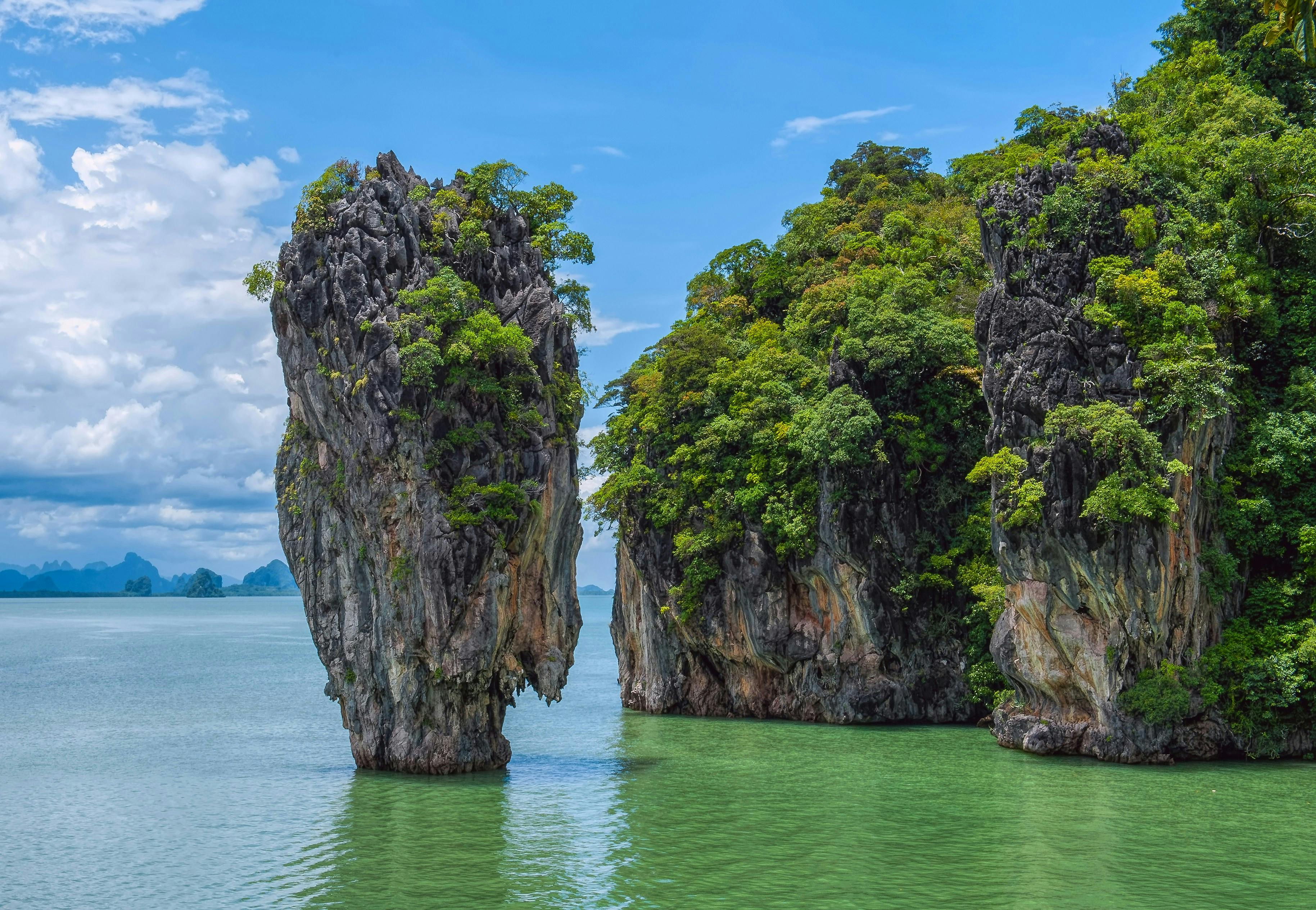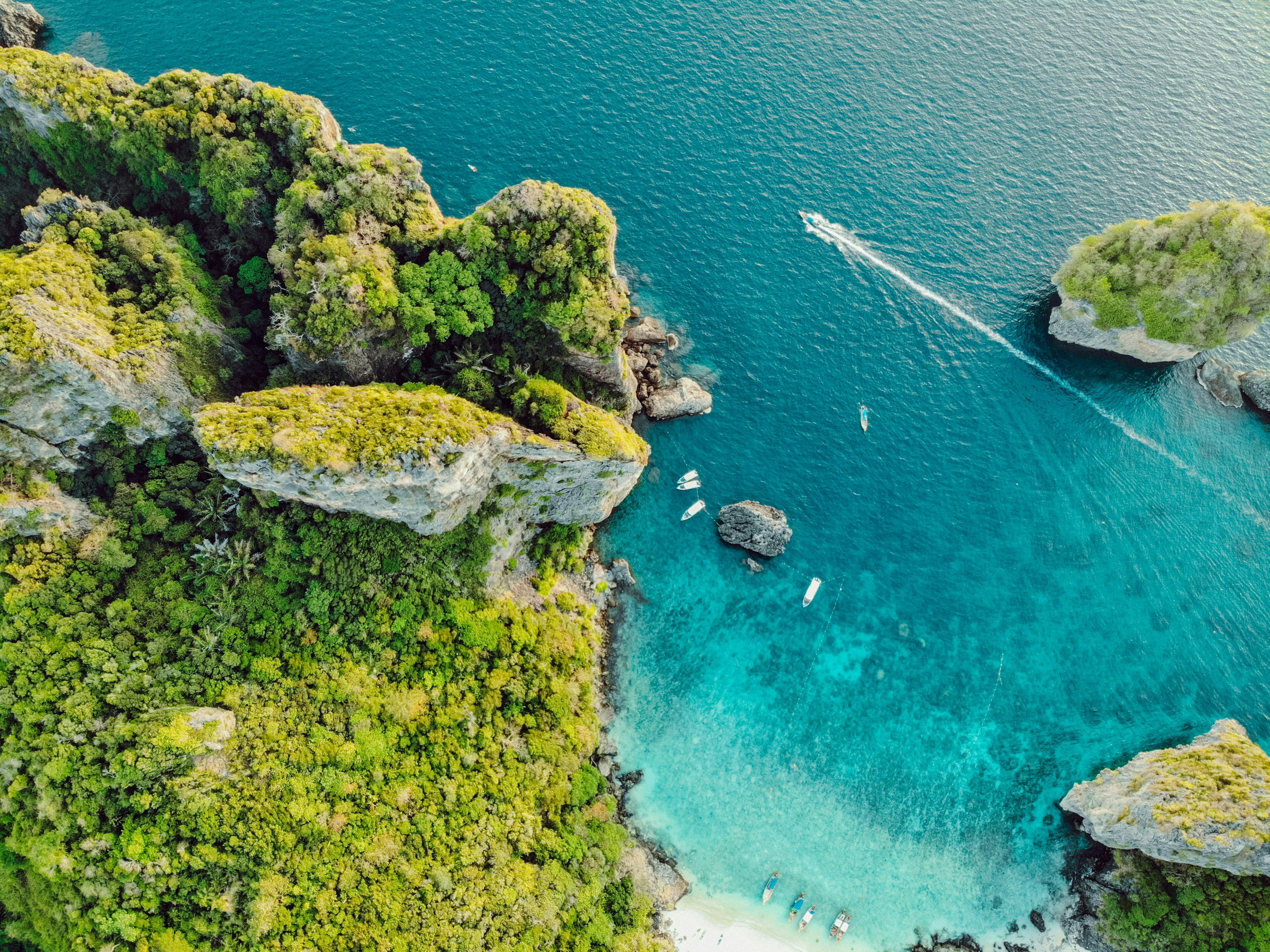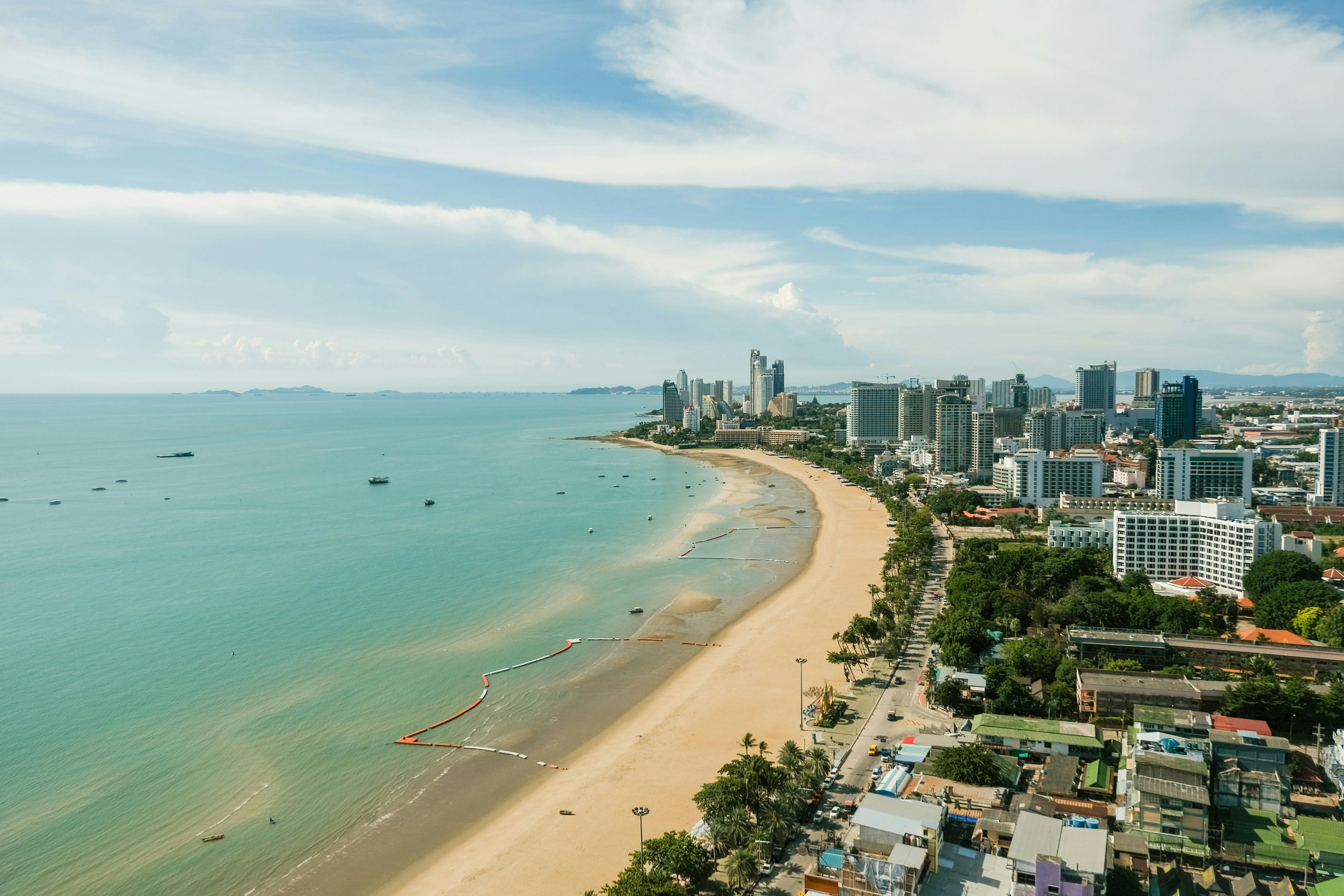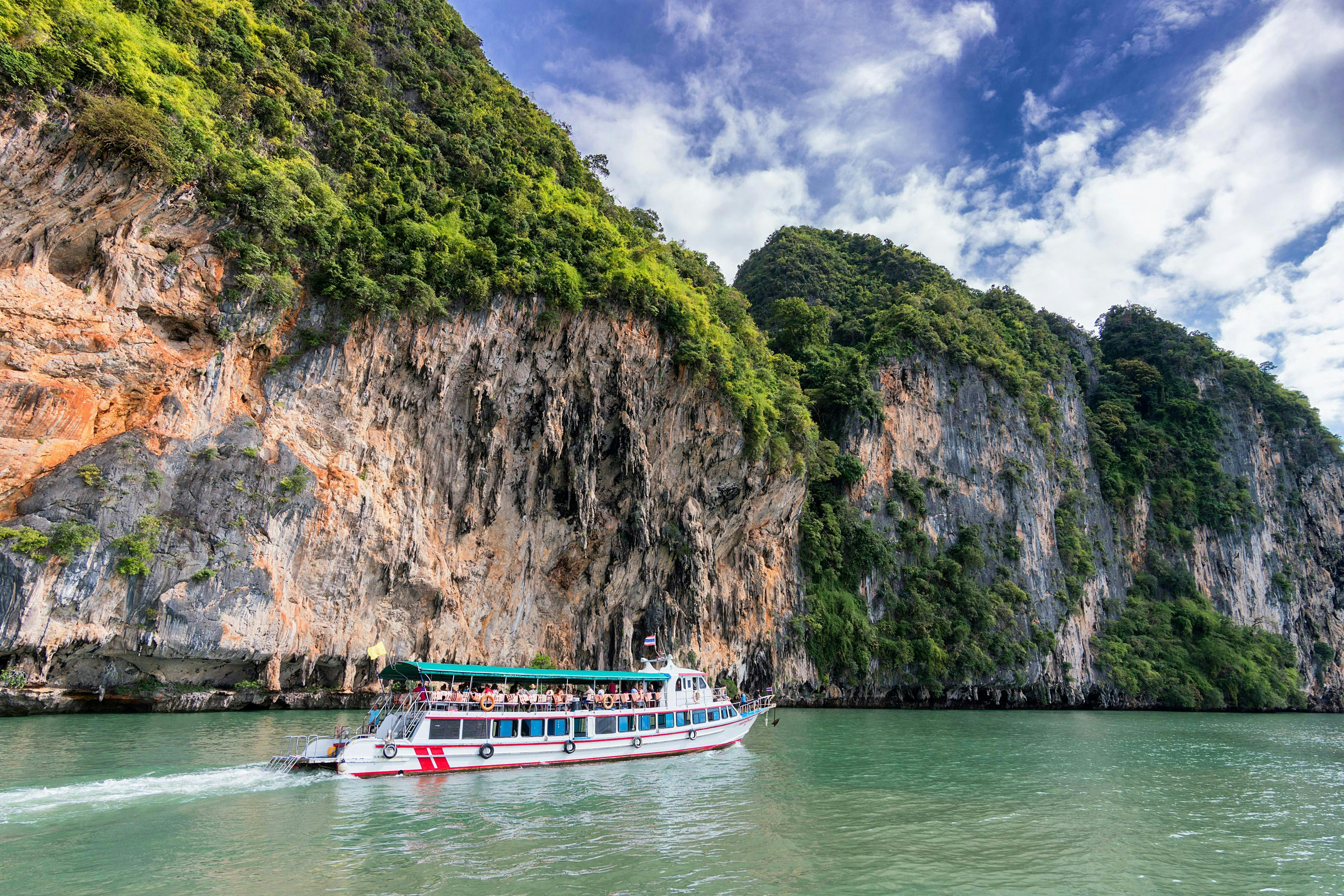Worst Time to Visit Thailand

What's The Worst Time to Visit Thailand?
The worst time to visit Thailand is during the monsoon season, which runs from June to October. During this period, most parts of Thailand, including popular destinations like Phuket, Krabi, and Chiang Mai, experience heavy rainfall, high humidity, and occasional flooding. The intense showers, though often short, can interrupt outdoor sightseeing and beach activities.
Travelers may find it challenging to enjoy island hopping or explore Thailand’s natural beauty due to the slippery roads and cloudy skies. Some boat trips and water adventures in Phuket and the Andaman coast may also get canceled because of rough sea conditions. Therefore, this season is considered the least favorable time to travel if you wish for uninterrupted exploration. Dreaming of sunshine and beaches? Let’s plan your Thailand summer trip together.
Let’s Create Your Customized Travel Itinerary at Free of Cost With Our: Ai Trip Planner
Three Main Seasons in Thailand
Why Is The Rainy Season The Worst Time To Visit Thailand?
Thailand's rainy season, which generally runs from June to October, is often labeled the worst time for a visit. While this period has its unique charms, it presents significant challenges that can disrupt travel plans, especially for those dreaming of a classic sun-drenched beach holiday. This guide breaks down the drawbacks, the regions most affected, and surprisingly, the potential benefits, to help you decide if a monsoon trip is right for you.
5 Major Drawbacks of Visiting Thailand in the Monsoon Season
Choosing to travel during this time comes with a set of distinct disadvantages that impact everything from your daily itinerary to your overall comfort.
- Heavy Rainfall & Flooding: The most obvious challenge is the persistent, heavy downpours. This isn't just a light drizzle; it can lead to serious flooding, particularly in urban areas like Bangkok and low-lying regions. This can shut down roads and make getting around a major hassle.
- Severely Limited Outdoor Activities: Your dreams of island hopping from Phuket or kayaking in the clear waters of Krabi can be dashed. Water sports like snorkeling and scuba diving are often canceled due to poor visibility and rough seas. Even land-based activities like trekking in Chiang Mai can be muddy, slippery, and less enjoyable.
- High Humidity & Discomfort: The combination of rain and intense humidity creates a muggy, oppressive atmosphere. This can make sightseeing, particularly in cities, physically draining and uncomfortable.
- Frequent Transportation Delays: The weather doesn't just disrupt tours; it disrupts travel itself. Ferries to islands are frequently canceled, flights can be delayed, and bus journeys can be extended due to flooded roads, requiring a very flexible itinerary.
- Reduced Visibility & Scenic Value: Overcast skies and torrential rain dramatically reduce visibility. The stunning landscapes and seascapes Thailand is famous for can be obscured, making photography difficult and scenic viewpoints less impressive.
Regional Breakdown: Where and When the Rains Hit Hardest
Thailand's weather isn't uniform. The impact of the monsoon varies significantly by coast.
The Andaman Coast (Phuket, Krabi, Phi Phi)
This is the side that bears the brunt of the southwest monsoon. Phuket and nearby islands experience very heavy rainfall and the roughest seas from June to October. Island hopping and beach time are highly unreliable, with many boat services suspended. This is the region to avoid during this period if a beach holiday is your primary goal.
The Gulf of Thailand (Koh Samui, Koh Pha Ngan)
The Gulf Islands have a slightly different weather pattern. They often experience their heaviest rains later, from October to December, meaning they can be a viable alternative to the Andaman coast earlier in the monsoon season (e.g., September).
Central & Northern Thailand (Bangkok, Chiang Mai)
While still rainy, the interior offers more opportunities. Bangkok faces flash flooding, but the rains are often short-lived. In the north, Chiang Mai sees lush, green scenery, but trekking can be challenging. The upside is that cultural sightseeing and temple visits are still very possible between showers.
The Silver Lining: Reasons to Visit Thailand in the Rainy Season
It's not all bad news. For the right traveler, the monsoon season offers unique advantages:
- Fewer Crowds & Lower Prices: You'll experience popular sites without the tourist crowds. This is the prime time for budget travel, with significant drops in flight and hotel prices.
- Lush, Vibrant Landscapes: The rains transform the country into a breathtakingly green paradise. Waterfalls are at their most powerful, and the countryside is incredibly vibrant, a dream for nature photographers.
- A More Authentic Experience: With fewer tourists, you often get a more genuine glimpse of local life and have popular spots almost to yourself.
Rainy Season’s Impact on Your Thailand Travel Experience
- Limited Outdoor Fun: Activities like snorkeling, sightseeing, trekking, and sunbathing are often restricted or canceled.
- Resort & Attraction Closures: Some resorts or islands shut temporarily for maintenance or due to unsafe weather conditions.
- Transportation Delays: Flights, ferries, and buses may face delays or cancellations due to storms and floods.
- Reduced Visibility: Photography, mountain views, and sea excursions lose their charm during heavy rains.
- Unpredictable Weather: Sudden downpours can alter your itinerary even if the morning starts sunny.
Why Some Tourists Still Visit Thailand During the Monsoon
Despite being the worst time to visit Thailand, some travelers choose the off-season for valid reasons:
- Cheaper Prices: Hotels and flight fares drop significantly between June and October.
- Fewer Crowds: Popular places like Phuket Old Town, Chiang Mai temples, and Bangkok markets are quieter and easier to explore.
- Lush Green Landscapes: The rains bring vibrant greenery, perfect for nature lovers and photographers.
- Peaceful Experience: Budget travelers enjoy peaceful beaches and serene views with minimal crowds.
If you don’t mind occasional rain and plan indoor activities like spas, cooking classes, or temple tours, the monsoon months can still offer a unique, tranquil experience.
The Worst Months to Visit Thailand: September & October
Among all rainy months, September and October are considered the worst months to visit Thailand.
Why These Months Stand Out
- These months have the heaviest rainfall and a high risk of tropical storms.
- Flooding is more common in Bangkok, Chiang Mai, and the southern coast.
- Beach activities and water sports in Phuket and Krabi are often suspended due to safety issues.
Impact on Tourist Activities
- Scuba diving, snorkeling, and boat trips are largely unavailable.
- Beaches may be closed for swimming due to strong currents.
- Outdoor events or festivals can get canceled due to weather conditions.
These factors make September and October the least favorable months for a typical Thailand beach holiday.
When is the Best Time to Go to Thailand?
The best time to visit Thailand is in the winter season , from November to February. The temperature ranges between 20°C and 30°C, making it ideal for beach vacations, sightseeing, and adventure activities across Phuket, Krabi, and Bangkok. During these months, the country experiences its most pleasant weather, with lower humidity, minimal rainfall, and abundant sunshine. This period is ideal for every type of Thai adventure:
- Beach Holidays: Perfect conditions for the islands of Phuket, Krabi, and Koh Samui.
- City Exploration: Comfortable for touring temples and markets in Bangkok and Chiang Mai.
- Trekking & Outdoors: Excellent visibility and cool temperatures for hiking in the northern highlands.
- Festivals: You can experience iconic events like Loy Krathong and Yi Peng.
While this is the peak tourist season, the flawless weather and guaranteed access to all activities make it worth the higher prices and advanced planning for most visitors.
Read More About Other Things: Thailand is Famous For
If You're Still Planning Your Trip, Consider These Essential Tips
- You can visit less popular tourist attractions in Thailand, such as Chiang Rai, Pai, or Ayutthaya if you do not like crowding.
- Large tourist groups rarely visit interesting locations like Koh Lanta or Koh Yao Noi which also have beautiful beaches and a calm environment.
- Create a list of What to wear on Thailand trip. If the weather is warm, pack light-colored clothes, sunglasses and hats, and sunscreen.
- Wear a waterproof jacket, an umbrella, and quick-dry shoes to avoid being uncomfortable in the rain.
- You can benefit from cheaper rates on accommodation, tours, and flights during the low season.
- If you want to spend less on travel you should book your trip as early as possible in advance.
- Go to museums, temples, and shopping malls where people can minimize exposure to airborne diseases.
- Make sure to check out the weather forecast before planning your trip during the rainy season in Thailand to ensure a comfortable visit.
- You can take lessons and learn how to cook Thai cuisine or visit the spas.
While Thailand remains a dream destination year-round, the monsoon season from June to October is considered the worst time to visit Thailand due to heavy rains, humidity, and limited outdoor activities. Popular destinations like Phuket, Krabi, and Chiang Mai experience frequent downpours, making travel less convenient. However, if you prefer fewer crowds and lower costs, this off-season still has its charm. To make the most of your journey, explore tailored Thailand tour packages that plan around the best weather and experiences. Whether it’s beaches, temples, or cuisine, Thailand always welcomes travelers with its tropical charm.




